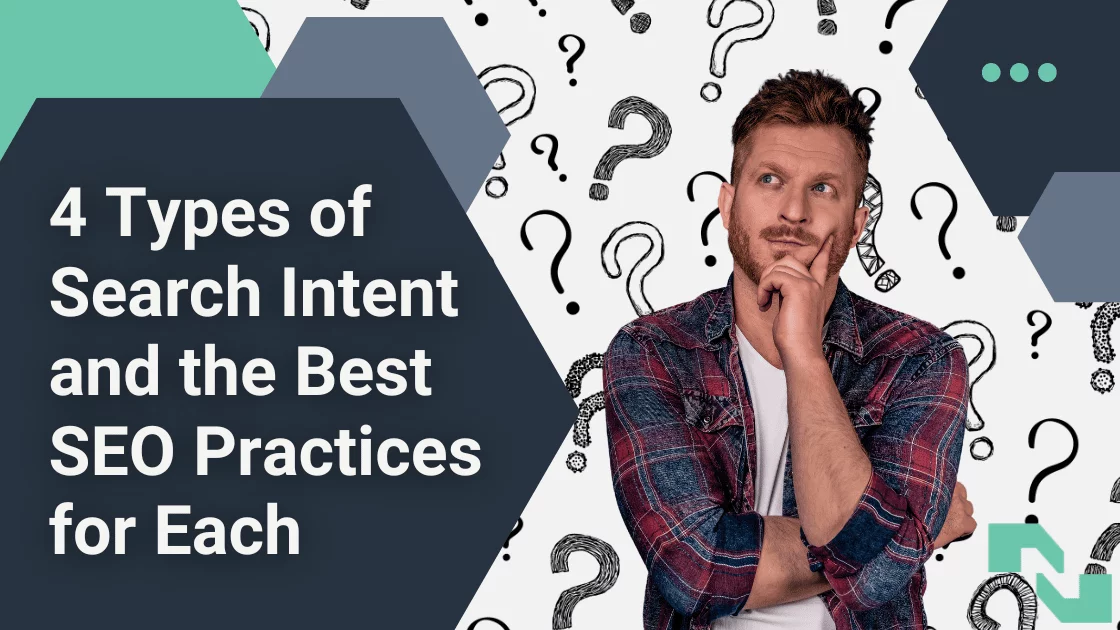As we celebrate the 31st anniversary of the passage of the Americans with Disabilities Act, it’s vital to discuss the importance of adding accessible features to your SEO strategy. We have made significant progress in enhancing accessibility for disabled people, but there is still plenty of work to be done, particularly in the digital realm. Follow along with us to learn about why you should be optimizing your website for voice search functionality to affect SEO positively and service your target audience no matter what their needs are.
What to Know About Voice Recognition and Accessibility
In the disabled community, voice recognition software is critical for many to meet unique needs. It also functions as a way to make browsing the Internet more accessible. By utilizing voice recognition features in search, users can surf the web hands-free. This is helpful for people struggling with visual impairment, dysgraphia, and other motor or muscular issues. Over recent years, voice recognition software has skyrocketed in popularity, with ever-recognizable AI such as Siri and Google Assistant existing in many of our homes. Voice search allows individuals to use their voices to ask questions. The AI can then communicate back, reading responses aloud and enhancing user experience (UX), all while offering an accessible way to navigate the online landscape.
In regards to SEO, this variation in search functionality is important for us to anticipate and address. Voice-to-text integrations can change the types of questions and responses people will receive for different services and products, which you should be strategizing to rank for. Voice searchers typically employ conversational language such as “What is the best alternative health app?” rather than simply, “alternative health app” — the brief version being more typical of a text search. If you’re trying to make your content more accessible, it can be beneficial to reposition your brand to utilize this conversational approach.
1. Optimize Voice to Text for Mobile Searches
A large majority of disabled people use mobile devices. Enhance your SEO’s accessibility with voice-to-text mobile optimization. Mobile phones are popular options for voice searches and are also a much more affordable option than specialized devices. This is quite important considering disabled people live in poverty at twice the rate of non-disabled people. Optimizing voice to text for mobile enables equal accessibility by allowing more users to get questions answered quickly and interact or shop with accessibility-minded brands.
2. With Voice to Text, Start Local
According to Inclusivity Maker, disabled people are much more likely to employ GPS than the rest of the population. To increase your SEO strategy’s accessibility, start local! Emphasize geo-targeted keywords like ‘cannabis dispensary near me’ or ‘where is the nearest smoke shop?’ This is also where features such as Google My Business (GMB) come in handy. GMB allows you to put your brick-and-mortar business on the map, which your brand easy to find and search on Google Maps’ GPS.
3. Schema Markup is Essential
Schema markups can take your brand’s accessibility to the next level. Adding schema markups to your SEO strategy allows your brand to apply enhanced descriptions of your search, adding context to your chosen entities to increase machine understanding. Taking this a step further, featured snippets can be pulled and plugged into Google’s search engine, allowing disabled folks looking for quick answers with the power of voice to text to find them with ease.
4. Create a Frequently Asked Questions (FAQ) Page
As you continue to add to your schema markup to make easy answers available, consider creating a FAQ page. FAQs allow you to add shortened answers to questions about your brand and products. With the help of keyword research, brainstorm relevant questions to add to your FAQ that will allow searchers to get the help they need, without having to dig through a plethora of content to find an answer. If you need to, you can always go a step further and create pages devoted at length to questions that will add context. Easy-to-find answers are incredibly important for people with disabilities. As a person with vestibular issues, it can be difficult at times to scroll through a bunch of text to find an answer. By having your answers easily accessible and at the ready, your enhanced SEO strategy can enable your disabled patrons to find you and the answers they seek.
5. Reader-Friendly Content is a Must
Increase your accessibility by making sure your content is reader-friendly. A large portion of voice searches are recorded at about an eighth-grade reading level. By creating content that’s accessible to a larger portion of people, you can drive brand recognition and sales, find relevance in your services and thoroughly understand what you’re bringing to the table. It is crucial to avoid jargon and unclear language where you can to help those with cognitive disabilities participate with your brand.
Consider adding voice-to-text to your SEO strategy to optimize your site for accessibility. If you’re interested in bringing on a team to help your brand build accessibility directly into your SEO strategy, connect with us today! At NisonCo, we’re always here to help you devise an SEO strategy that works for your brand.



